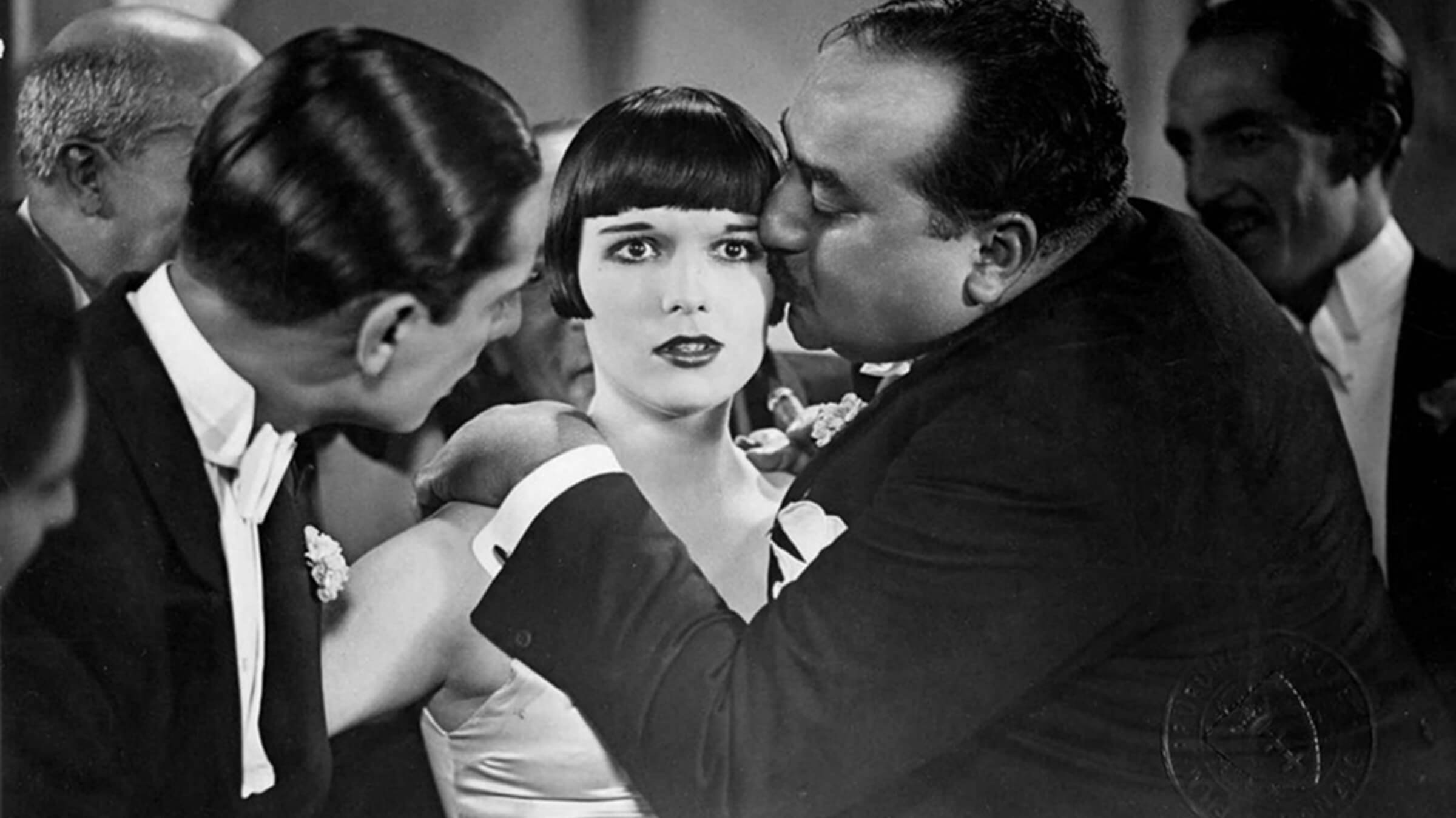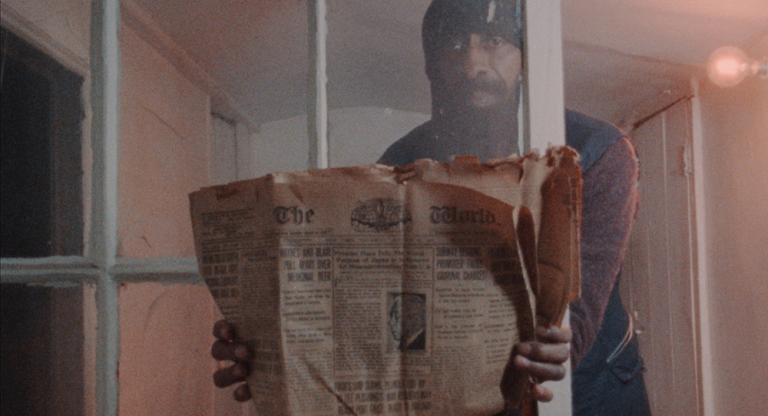It's said that the world's oldest profession is prostitution, but when did it fall from being a trade to being a misfortune? In 1905, long after selling one's sex had its social demise, the German author Margarete Böhme edited and published The Diary of a Lost Girl, by One Who is Dead. It was allegedly the real diary of a young woman driven to prostitution, although today it’s accepted as a piece of fiction. It sold over a million copies in numerous translations by the end of the 1920s, and had already been adapted for the stage and screen by the time Georg Wilhelm Pabst shot his own version. Pabst’s 1929 adaptation stars Louise Brooks, the leading lady from his previous work that year, Pandora's Box. Brooks, whose acting career didn’t take off until she relocated to Germany, couldn't have timed things better. Marlene Dietrich, who was a few years older than her, was in Pabst's office waiting to sign a contract for Pandora's Box when word arrived of Brooks's availability. Dietrich was nixed and the American girl was thrust into the silent spotlight to the resentment of some of her German costars. Both of her roles with Pabst eventually cemented her status in silent cinema history, but both films were heavily censored, or banned, for their frank portrayals of whoring, open sexuality, and at least one lesbian attraction.
Diary of a Lost Girl pushes the moral boundaries of entertaining drama to their limit. Thymian (Brooks) is assaulted by Meinert (Fritz Rasp), her father's colleague, on the night of her confirmation. When a baby is born from the attack, Thymian and her child are banished from the house by Meta (Franziska Kinz), her father's new housekeeper-cum-mistress, because Thymian refuses to marry Meinert upon the discovery—thanks to her diary—that he is the baby's father. Since Meinert holds a considerable share in business with Thymian's father, his transgressions go unpunished by the latter, who fears he'd retaliate by bringing down the whole company. From here on out, Thymian embarks on an endless quest for freedom through her entrapment at a strict girls' reformatory, her entrapment in servitude at a small high-class brothel, and her entrapment to societal expectations outside of her community of fellow prostitutes and clients, the only people with whom she can make a living.
Pabst portrays Thymian's rape only by the reptilian Meinert's ogling of her as he carries her off to bed, and then a hard cut to a baby carriage being rolled into her father's office. Her age as a young minor is only conveyed by the fact that it’s her confirmation day in the opening scene; ironically, this is the moment that marks a child has reached the ability to reason in Christian faiths, and it usually falls between the ages of 7 and 16 in Western countries. Although Brooks had been a semi-nude dancer at age 19 in New York City's Ziegfeld Follies before meeting Pabst, she performed Thymian by largely drawing on her own history of abuse. At age 9 she was assaulted by a man in her Kansas hometown, and was later told by her mother that it must have been her own fault. Similarities between Brooks's life and those of her characters in Pabst's films became startlingly and sadly apparent in her remaining decades. But her defiant optimism in Diary of a Lost Girl shows a version of Brooks who perseveres toward triumph, or at least, peace.
Diary of a Lost Girl screens this afternoon, November 23, and on November 28 and December 3, at Anthology Film Archives on 35mm as part of the series "G.W. Pabst."



